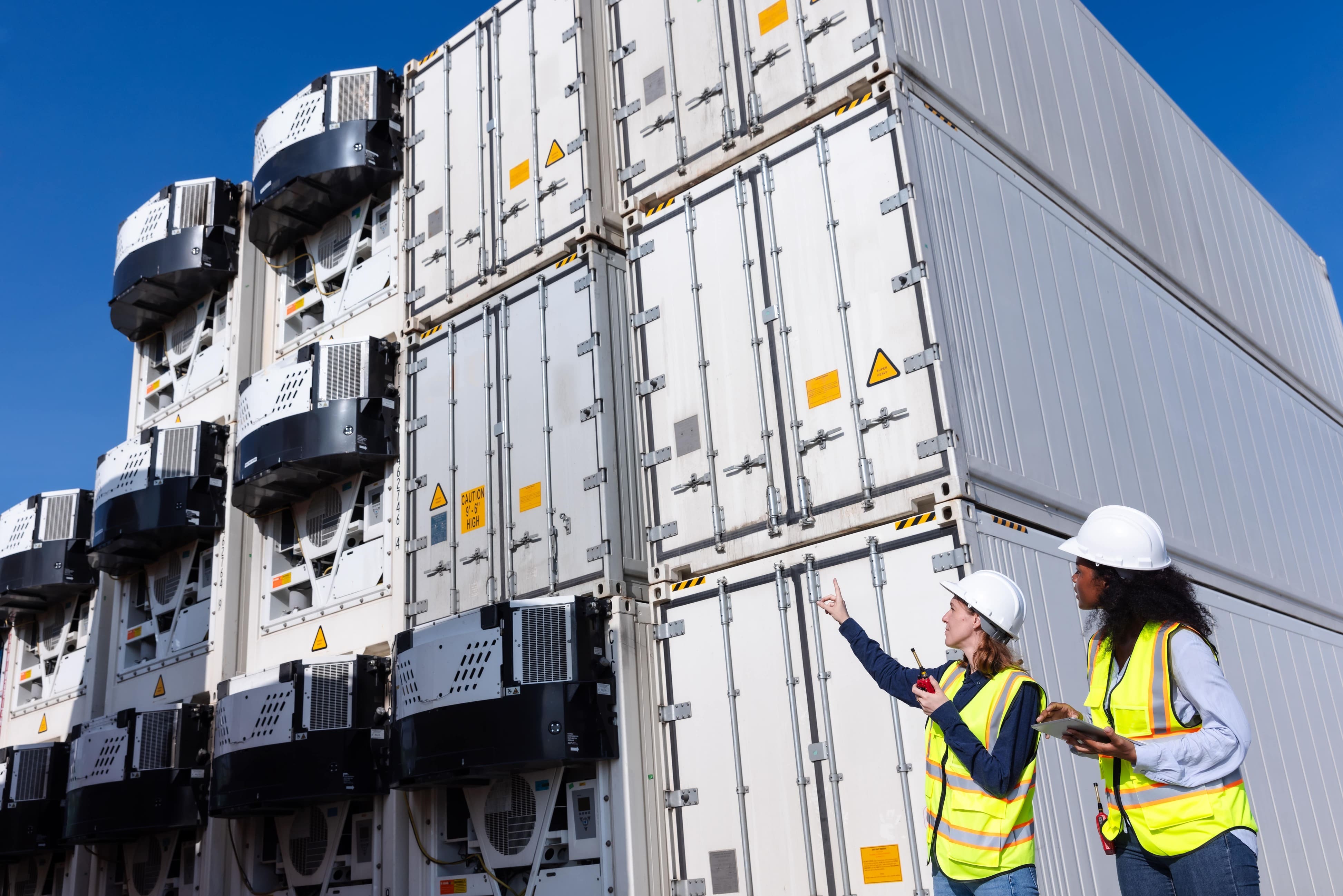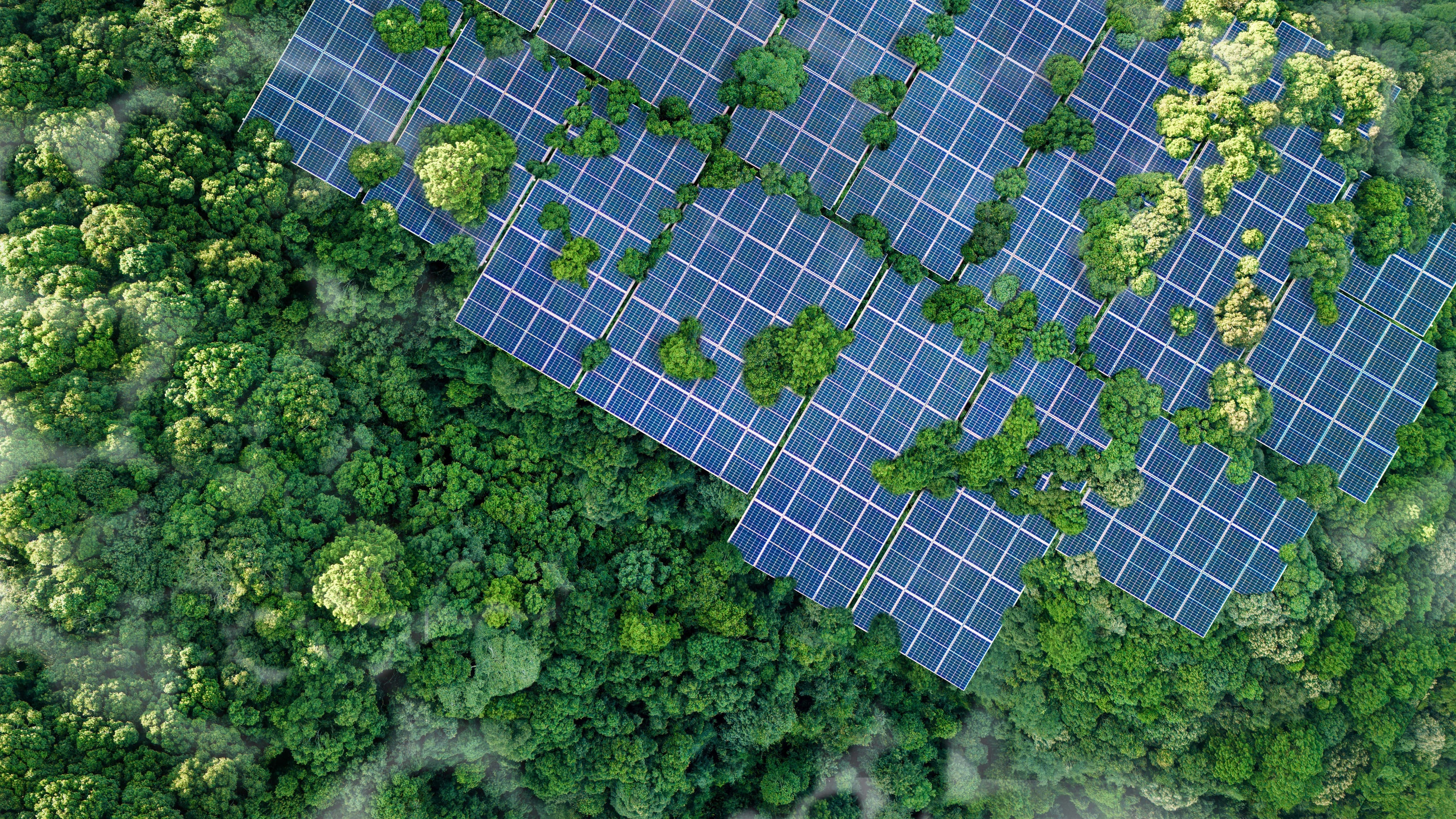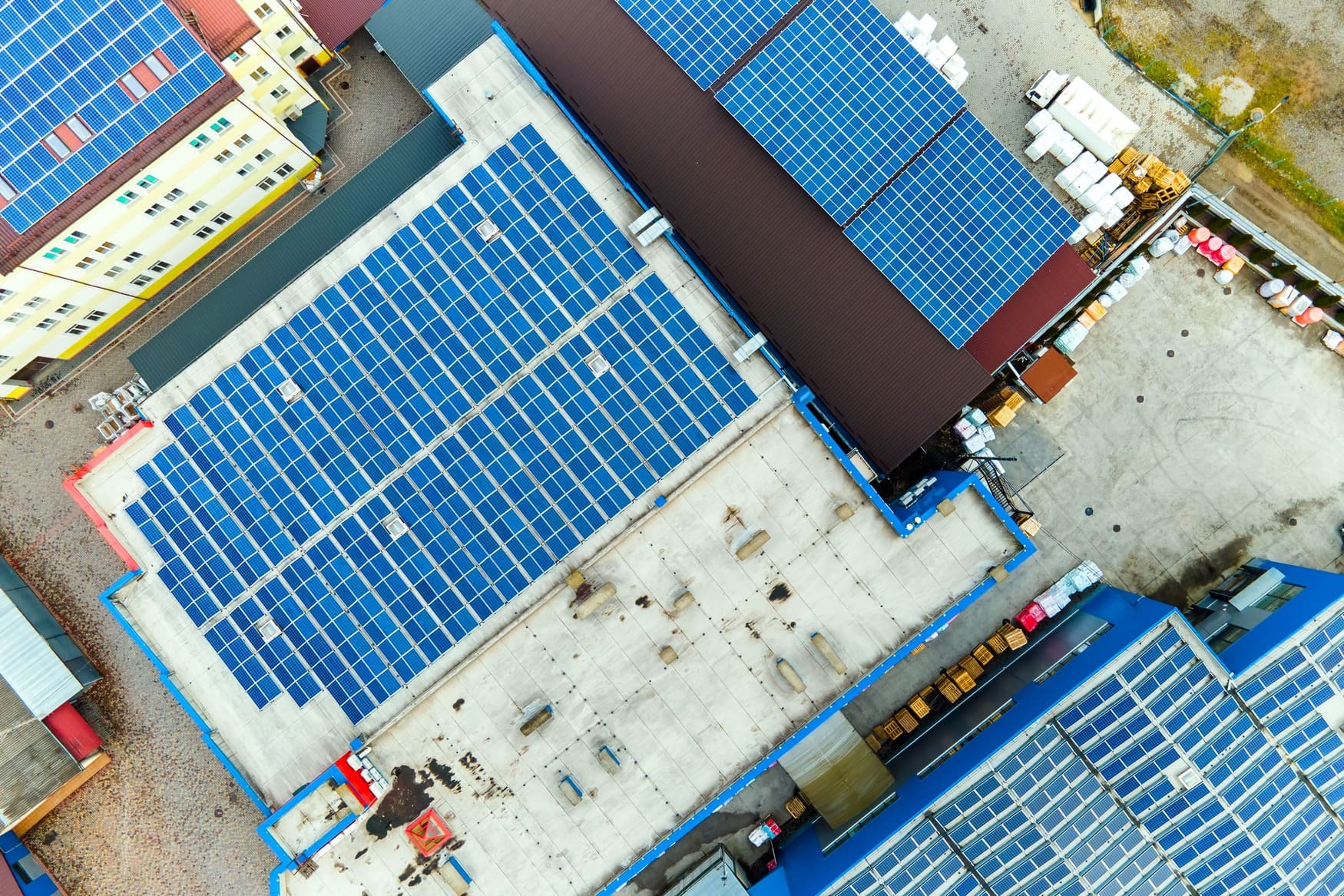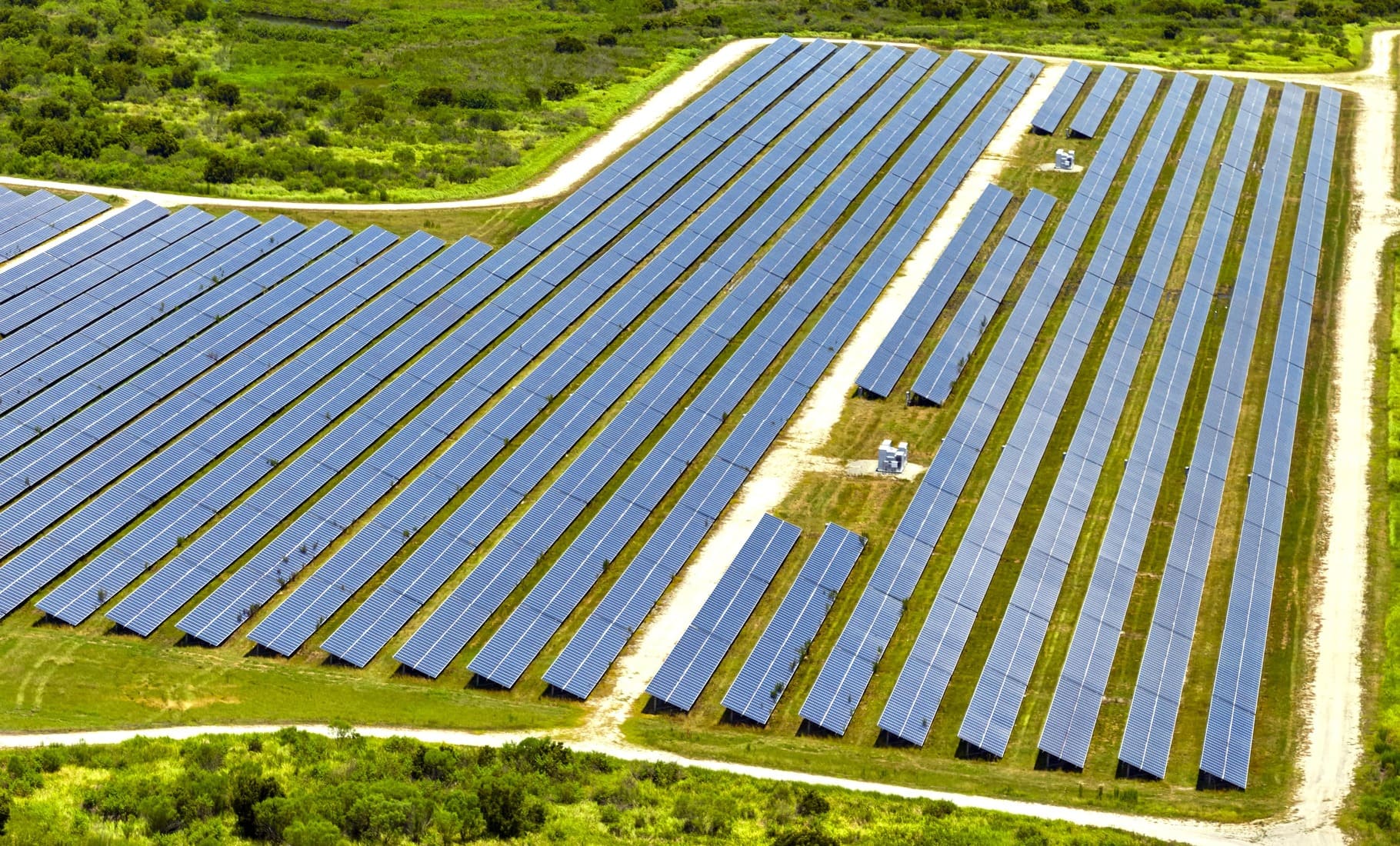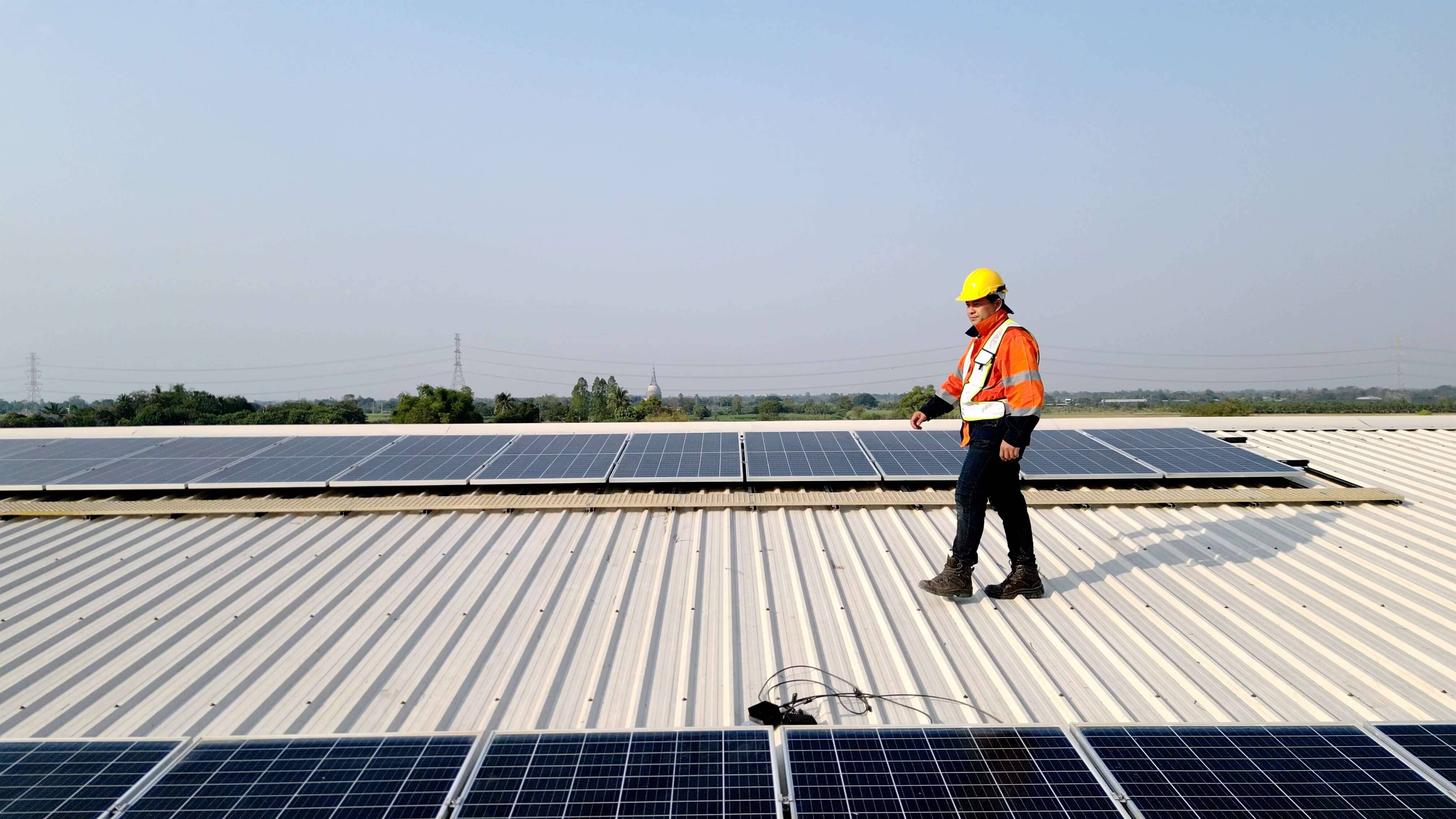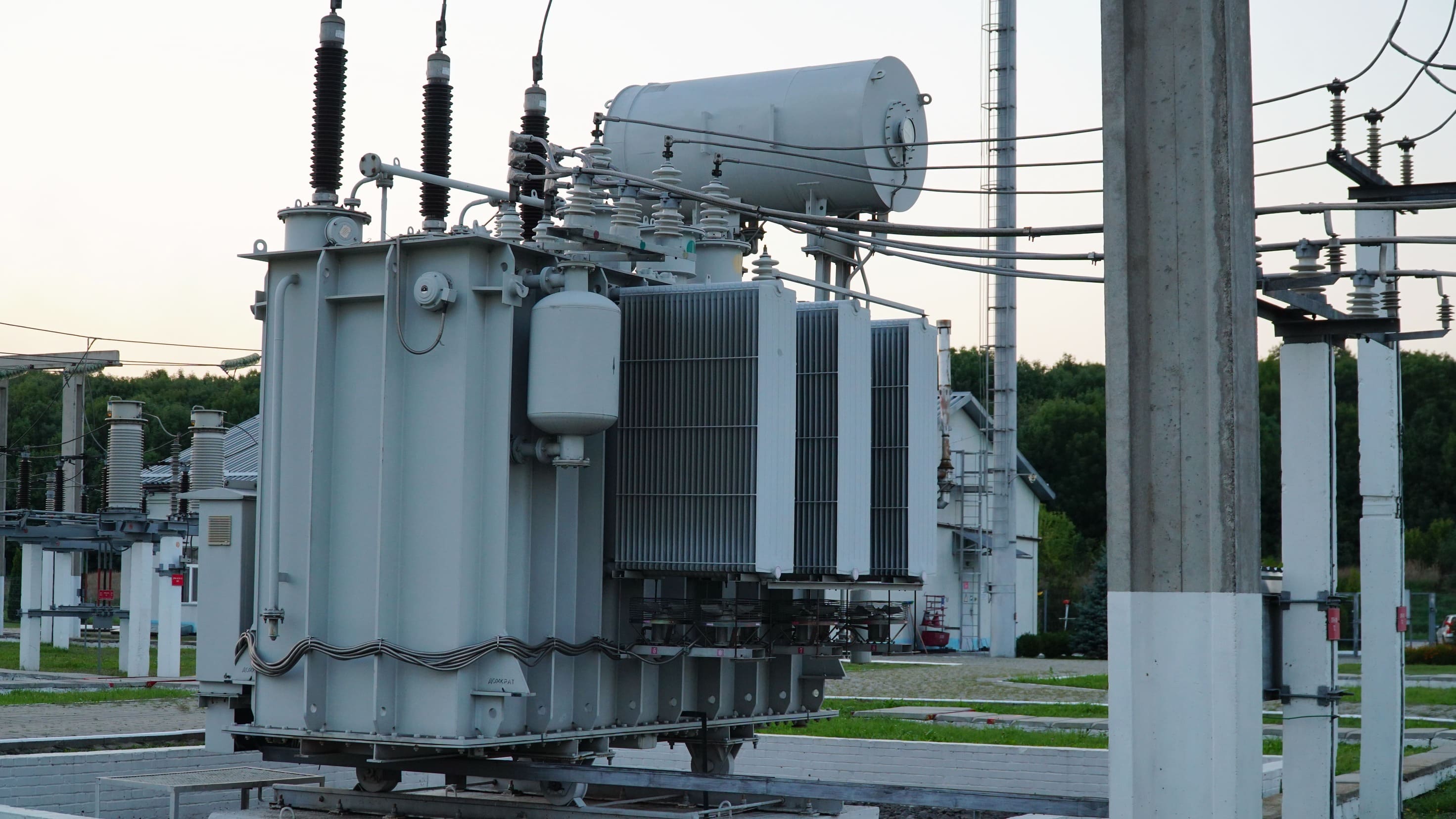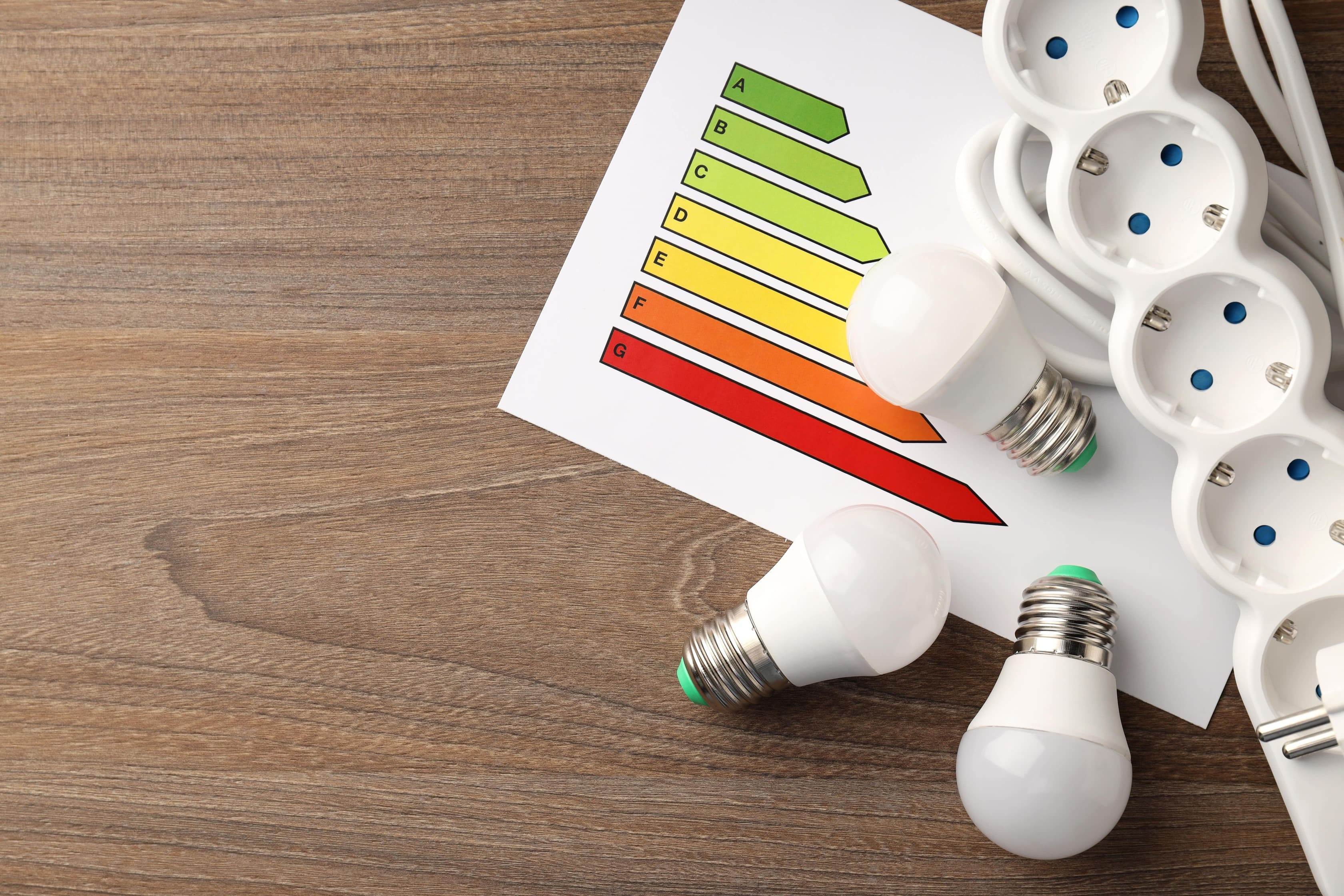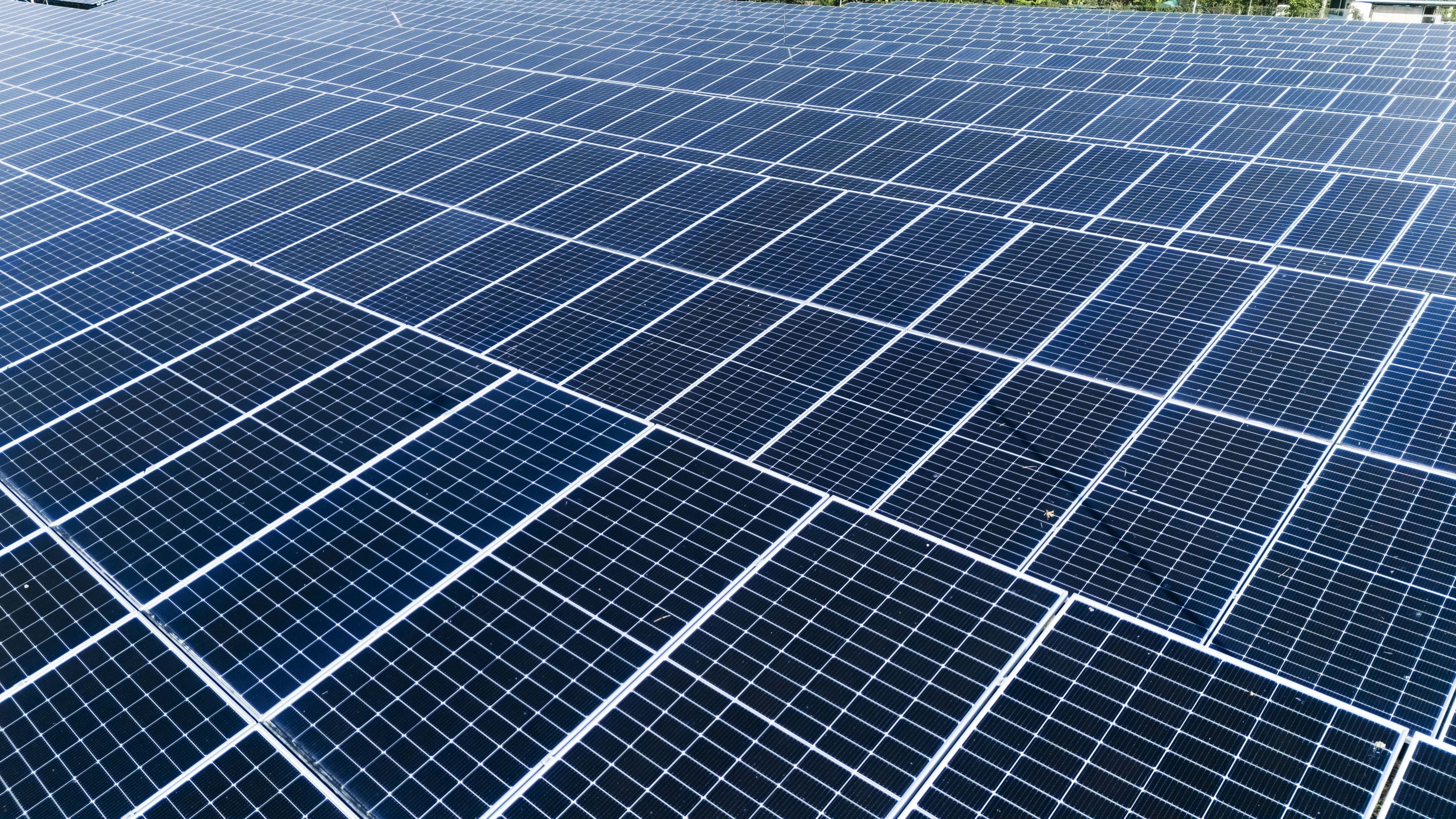Explore energy storage systems: types, benefits, and their role in renewable energy integration, grid stability, and the shift to sustainable energy.
A Close Look at Energy Storage Systems
As the world moves toward a more sustainable energy future, energy storage systems have emerged as critical components for maximizing the efficiency and reliability of renewable energy sources.
These systems play a vital role in mitigating the intermittent nature of renewable energy generation, improving grid stability, and facilitating the integration of clean energy into power networks.
In this article, we explore the types of energy storage systems, their applications, and how they have the potential to revolutionize the way we produce and consume energy.
These systems play a vital role in mitigating the intermittent nature of renewable energy generation, improving grid stability, and facilitating the integration of clean energy into power networks.
In this article, we explore the types of energy storage systems, their applications, and how they have the potential to revolutionize the way we produce and consume energy.
Types of Energy Storage Systems
Energy storage systems encompass a wide range of technologies designed to store excess energy for use when it is needed most.
Energy storage systems encompass a wide range of technologies designed to store excess energy for use when it is needed most.
Below are some of the most prominent types of storage systems:
Battery Energy Storage Systems (BESS):
BESS use rechargeable batteries such as lithium-ion or lead-acid to store and release electrical energy. These systems are widely used in residential, commercial, and grid-scale environments for load balancing, peak shaving, and backup power.
BESS use rechargeable batteries such as lithium-ion or lead-acid to store and release electrical energy. These systems are widely used in residential, commercial, and grid-scale environments for load balancing, peak shaving, and backup power.
Pumped Hydroelectric Storage (PHS):
PHS is a well-established energy storage method that involves pumping water from a lower to an upper reservoir during periods of surplus electricity. This water is later released to generate hydroelectric power during peak demand periods.
PHS is a well-established energy storage method that involves pumping water from a lower to an upper reservoir during periods of surplus electricity. This water is later released to generate hydroelectric power during peak demand periods.
Flywheel Energy Storage:
Flywheel systems store rotational energy in a spinning rotor, which can be rapidly converted back into electricity when needed. Known for their high power output, fast response times, and long service life, they are ideal for applications requiring short bursts of high power.
Flywheel systems store rotational energy in a spinning rotor, which can be rapidly converted back into electricity when needed. Known for their high power output, fast response times, and long service life, they are ideal for applications requiring short bursts of high power.
Applications and Key Advantages
Energy storage systems do more than store electricity—they help modernize energy infrastructure and enhance operational efficiency.
Energy storage systems do more than store electricity—they help modernize energy infrastructure and enhance operational efficiency.
Renewable Energy Integration:
Storage systems provide consistent power even when the sun isn’t shining or the wind isn’t blowing, making renewable energy sources more dependable and reducing reliance on fossil fuels.
Storage systems provide consistent power even when the sun isn’t shining or the wind isn’t blowing, making renewable energy sources more dependable and reducing reliance on fossil fuels.
Grid Stabilization:
By regulating frequency and voltage, absorbing fluctuations, and enabling load balancing, these systems enhance grid stability and resilience. They also offer rapid response during peak demand or outages.
By regulating frequency and voltage, absorbing fluctuations, and enabling load balancing, these systems enhance grid stability and resilience. They also offer rapid response during peak demand or outages.
Support for Electric Vehicle Infrastructure:
Storage systems play a key role in developing efficient EV charging networks. They reduce stress on the grid by managing demand spikes during vehicle charging.
Storage systems play a key role in developing efficient EV charging networks. They reduce stress on the grid by managing demand spikes during vehicle charging.
Microgrids and Remote Areas:
In off-grid or remote locations, energy storage systems ensure local power security and energy independence, supporting resilience and self-sufficiency for isolated communities.
In off-grid or remote locations, energy storage systems ensure local power security and energy independence, supporting resilience and self-sufficiency for isolated communities.
Looking Ahead
With the growing adoption of renewables and increasing demand for flexible energy systems, energy storage solutions are becoming more widespread.
Technological advances and falling costs are making storage systems more accessible and commercially viable. Innovations such as advanced batteries, hydrogen storage, and thermal storage hold great promise for transforming the energy landscape.
With the growing adoption of renewables and increasing demand for flexible energy systems, energy storage solutions are becoming more widespread.
Technological advances and falling costs are making storage systems more accessible and commercially viable. Innovations such as advanced batteries, hydrogen storage, and thermal storage hold great promise for transforming the energy landscape.
However, challenges remain. Improving the performance, efficiency, and environmental sustainability of energy storage systems requires further research and development.
Collaboration between governments, research institutions, and the private sector is essential to fostering innovation and overcoming current limitations.
Collaboration between governments, research institutions, and the private sector is essential to fostering innovation and overcoming current limitations.



